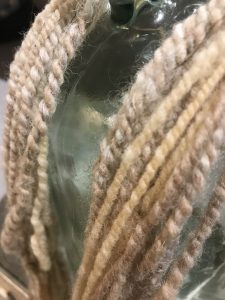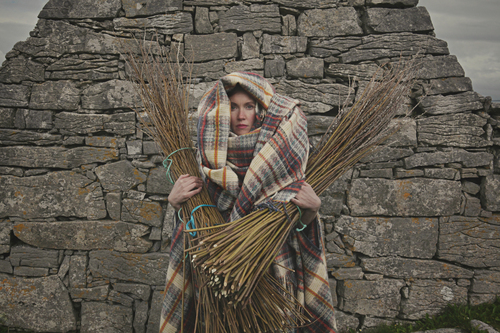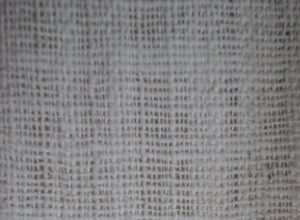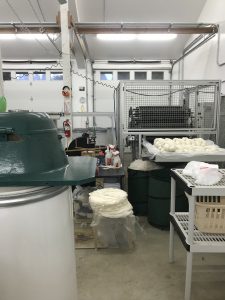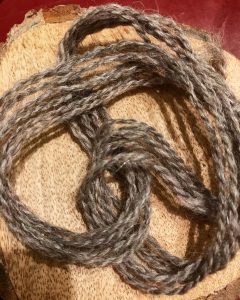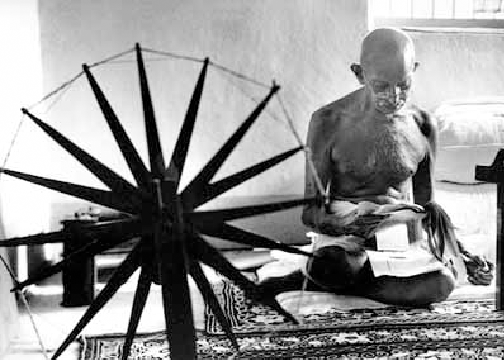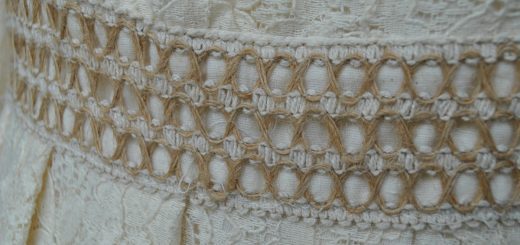As the final week of this quarter comes to a close, I have had the opportunity to look over the product of 400 hours of research and feel genuinely proud and inspired by the work I have completed.
To start the week, I compiled and presented 10 slides that covered the materials I studied over the quarter. While, I don’t feel that I was nearly able to cover everything I learned, I think that the presentation went well and it was really rewarding to be able to take a step back to look at everything I’ve done this winter.
Aside from the final presentation, I wrote a conclusion for this segment of study that I feel encapsulates the ideas that have been present for me for this quarter. I hope to continue to expand upon these ideas during my continuation into the SOS program next quarter.
I also wrote my self eval that goes as follows:
“Through SOS:Food and Agriculture, I have successfully completed my first entirely independent research project during my academic career here at Evergreen. Over the course of the quarter, I expanded on my knowledge of agriculture and sustainability and applied it to an analysis of both traditional and industrialized methods of textile production. During these past ten weeks, I completed 400 hours of research and I am incredibly pleased with my ability to stay on task and inspired by the materials I covered. Heading into the quarter, I knew that I had chosen to cover a lot of topics and that it would take a bit of discipline to complete all that I had set out to accomplish but, I am finishing the quarter feeling confident that I was able to do just that. There are some elements of organization that I believe I could improve on (i.e. trying a little harder to stick to the syllabus I wrote for myself), but I believe that I will continue to improve my research model as I finish out my degree.”
As a turn my sights towards next quarter, I have begun looking into getting some space on the organic farm to cultivate flax. I’m hoping to get a hands on understanding of how to turn flax from plant to textile over the course of Spring and Summer quarter, so I have been doing some background research on what that might entail. I also looked into building my own loom – store bought looms are anywhere from $250 – $1000+, so I’m exploring different ways to get a sample fabric without dishing out a lot of money for tools to do so.
I’m looking forward to a couple weeks of rest and relaxation until I jump headfirst back into studying sustainability in textiles. For this next quarter, I’ll be narrowing my focus into mechanized production methods.


